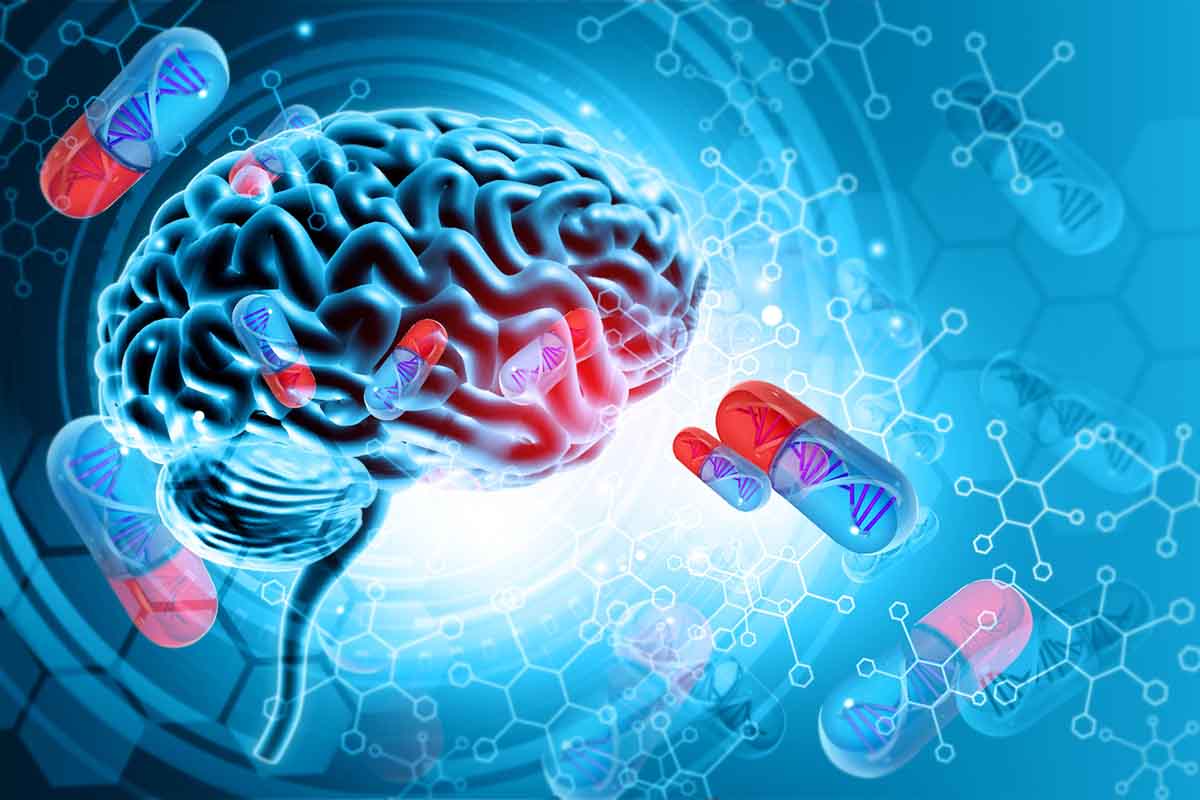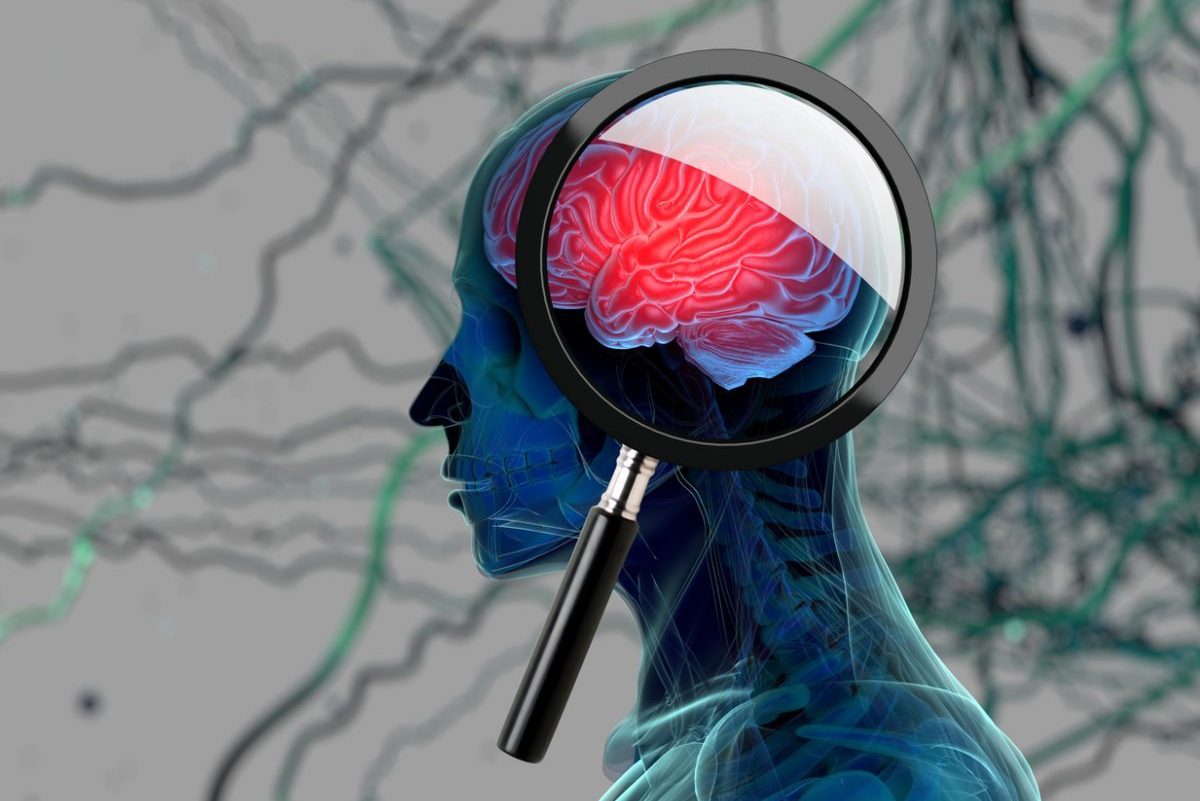Background: Tardive dyskinesia is asevere and disabling side effect of conventional antipsychotictreatment, with incidence rates reaching a high of 50% inchronically institutionalized populations. On the basis of recentstudies showing some benefit of antioxidants, we evaluated theeffect of melatonin, the most potent naturally occurringantioxidant, on tardive dyskinesia in patients with chronicschizophrenia.
Method: Nineteen patients (8 men, 11women), aged a mean ± SD 74.0 ± 9.5 years with chronic DSM-IVschizophrenia of 31.3 ± 7.0 years’ duration, were randomlyassigned in a double-blind, placebo-controlled, crossover trialto receive slow-release melatonin, 2 mg/day, or placebo for 4weeks. After a 2-week washout period, the patients were switchedto the other treatment arm for an additional 4 weeks. TheAbnormal Involuntary Movement Scale (AIMS) was administered atbaseline, 4 weeks, 6 weeks, and 10 weeks. Regular administrationof antipsychotic and other medications was kept unchangedthroughout the study.
Results: Mean AIMS scores did not changesignificantly from baseline in either treatment arm. All patientscompleted the study, and there were no side effects or adverseevents.
Conclusion: Supraphysiologic doses of melatonindo not positively affect tardive dyskinesia. Considering thatmelatonin is a safe drug, further studies are needed of higherdoses and in patients with shorter disease duration before itsuse in the treatment of tardive dyskinesia is ruled out.
Please sign in or purchase this PDF for $40.00.





